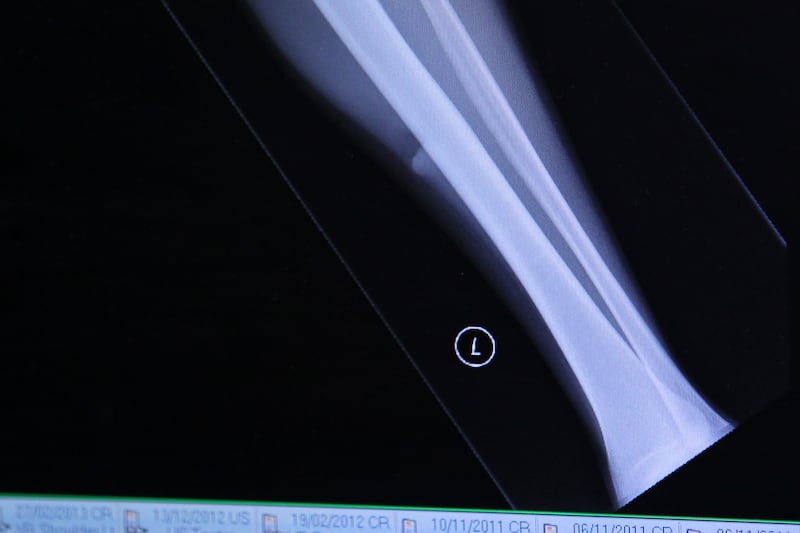A penis abnormality that allegedly afflicted Adolf Hitler may be linked to exposure to flame retardant chemicals before birth.
A study found that higher levels of polybrominated diphenyl ethers (PBDEs) in the womb led to an increased likelihood of babies being born with hypospladias.
Around one in 300 boys suffers from the birth defect, which causes the urethra opening to appear on the underside of the penis.
The abnormality is routinely corrected with surgery.
PBDEs are known to act as “endocrine disruptors” that upset the way the body responds to certain hormones, especially oestrogens.
Since the 1970s, PBDEs have been employed in a host of products to reduce the risk of fire, including furniture, electronics, plastics and textiles.
Although their commercial use has been drastically cut in the UK, they remain widespread in the environment.
For the study, researchers analysed hair samples from 89 Canadian women who had given birth to sons with hypoplasias.
Their exposure to PBDEs was compared with that of 54 women with unaffected children.
The mothers also answered questions about their lifestyle, including the use of hair dyes and products that weaken the ability of hair to retain chemicals.
Levels of exposure to PBDEs were almost 50% higher in women who delivered boys with hyposplasias. Because of the effect of hair treatments, the true difference may have been higher, said the researchers.
The team, led by Dr Gideon Koren from Maccabi Research Institute in Israel, wrote in the journal Jama Paediatrics: “The results of our study suggest that exposure level to these endocrine disruptors during gestation may have a role in the etiology (origin) of hypospladias.
“More research is needed to identify the safety threshold of PBDEs relative to this congenital malformation.”
As well as having one undescended testicle, Hitler is rumoured to have suffered from hypospladias.
The malformation can affect size and is claimed to have given the Nazi tyrant a micropenis, which may or may not have changed the fate of the world.
Despite the claims of some historians, there is no definite proof that Hitler was affected by either condition.
Professor Jean Golding, from the University of Bristol, said: “This is the first study to address the question as to whether there is a link between these chemicals and hypospadias and, as with all such observational studies, it is important that they be confirmed in other studies before being considered causal. It is an important question as these chemicals are very prevalent in the home environment.
“If they are doing harm it is important that further research be done into the question.”
Professor Sir Colin Berry, from Queen Mary, University of London, said the authors had made an “amazing leap of faith” regarding the significance of their findings.
Dr Rod Mitchell, paediatric endocrinologist at the Medical Research Council Centre for Reproductive Health, said: “Importantly, association does not necessarily mean causation. The results of this study do not suggest that changes to current recommendations for pregnant women are required.”








